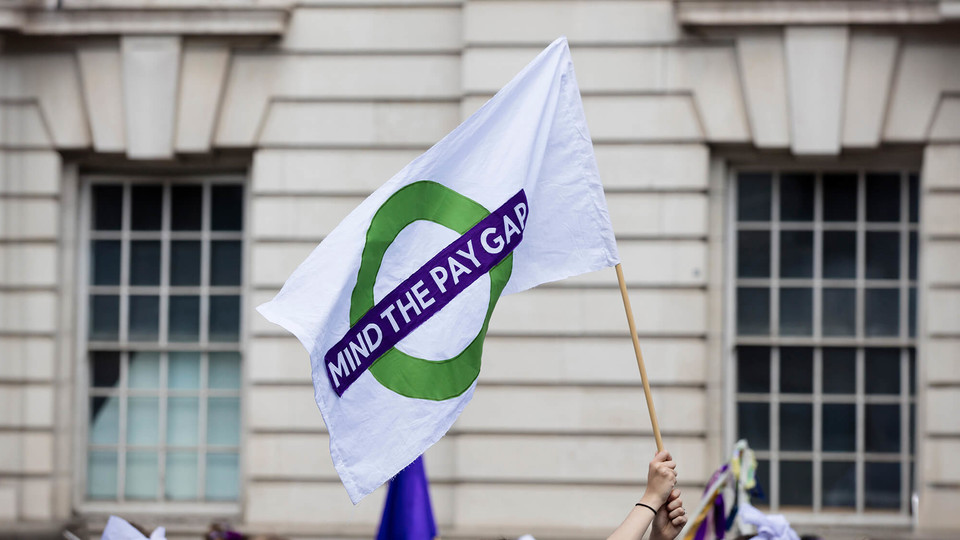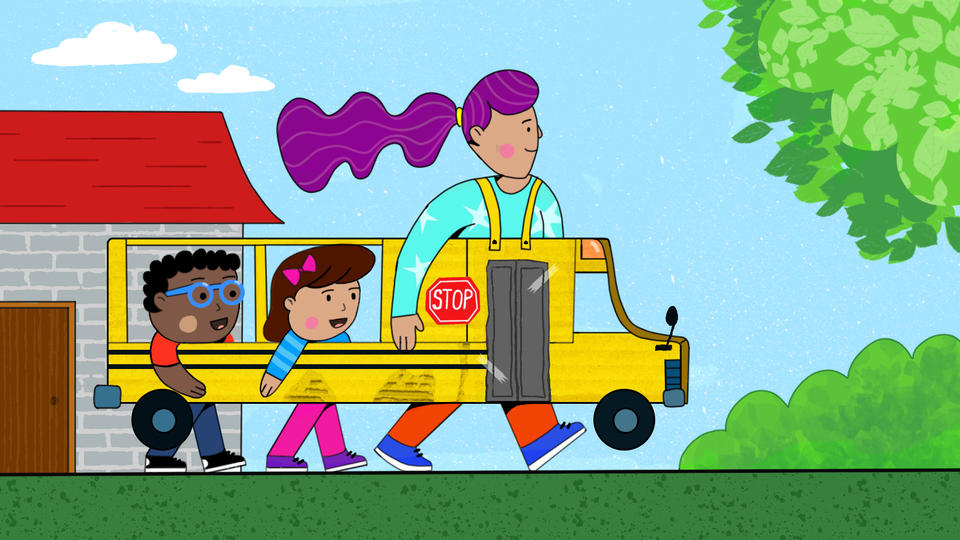
You Are What You Wear
Lab Coats, Suits And Logos Can Dress Up Job Performance
Based on research by Hajo Adam (former Rice Business professor) and Adam D. Galinsky
Lab Coats, Suits And Logos Can Dress Up Job Performance
- Seeing specific clothes elicits specific emotions.
- Wearing those clothes elicit even more specific emotions.
- Changing the clothes you wear can have a profound effect on your performance.
What do our clothes say about us? We know they hold important sway over how others perceive us. Research shows that people who wear formal clothes are considered more intelligent, or more skilled or more competent. But what influence do clothes have on the wearer?
The theory of embodied cognition maintains that physical experiences not only shape our abstract concepts but actually take on symbolic meaning. Nodding your head while listening to a persuasive message increases your susceptibility to the persuasion. Carrying a heavy clipboard increases a sense of importance. Expanding your body posture affects your feeling of power.
In a study done by Hajo Adam, a former assistant professor of management at Rice Business, and co-author Adam D. Galinsky, they argue that it is indeed worthwhile to pay attention to what workers wear. According to their theory of “enclothed cognition,” clothing shapes the wearer’s psychological processes by activating the associated abstract concepts. Enclothed cognition doesn’t occur until you actually wear the clothing. It involves the interaction of two separate factors: the symbolic meaning of the clothes and the physical experience of wearing the clothes.
Thus, research subjects who wore white lab coats – since it signifies a scientific focus and an emphasis on being careful and attentive — performed better on attention-related tasks than subjects who didn’t wear the coats. On the other hand, subjects who wore the same coat but were told it was a painter’s coat — not a doctor’s coat — did not improve their performance. So the symbolic meaning carries much more weight than we might think.
Understanding both the effects of the physical experience as well as the symbolic meaning of the clothes allows us to better predict outcomes — and possibly also direct outcomes. In one study, a set of participants wearing nurse’s uniforms — a symbol of helping and caring — were asked to administer electric shocks. They were more reticent to do so than a set of participants wearing large hoods, which the researchers say conferred a sense of anonymity as well as possibly conjuring images of robbers or terrorists.
So we have to consider: Does wearing the robe of a priest or judge make a person more ethical? Does a firefighter feel more courageous in his uniform?
And perhaps more importantly for businesses: Should employers require a dress code? Provide uniforms? Encourage casual Fridays? One way to answer this, Adam’s research suggests, is to consider the self-perceptions needed to spark a particular kind of performance. And then consider if a simple change, perhaps logo shirts for employees to wear on sales calls or matching hard hats for your field work team, might in fact help dress them for success.
Hajo Adam is a former assistant professor of management at Jones Graduate School of Business at Rice University.
To learn more, please see: Adam, H., & Galinsky, A. (2012). Enclothed cognition. Journal of Experimental Social Psychology, 48(4), 918-925.
Never Miss A Story


